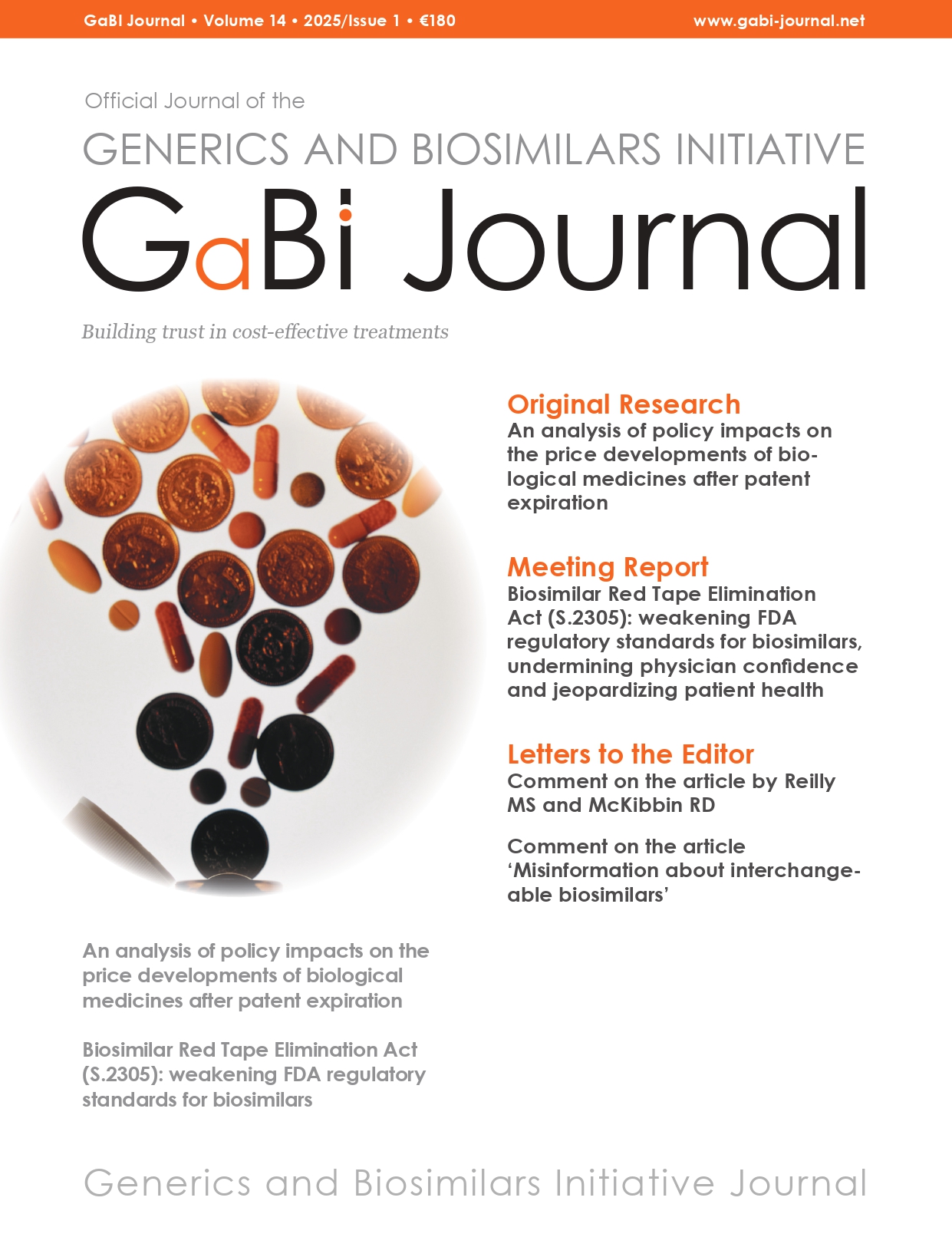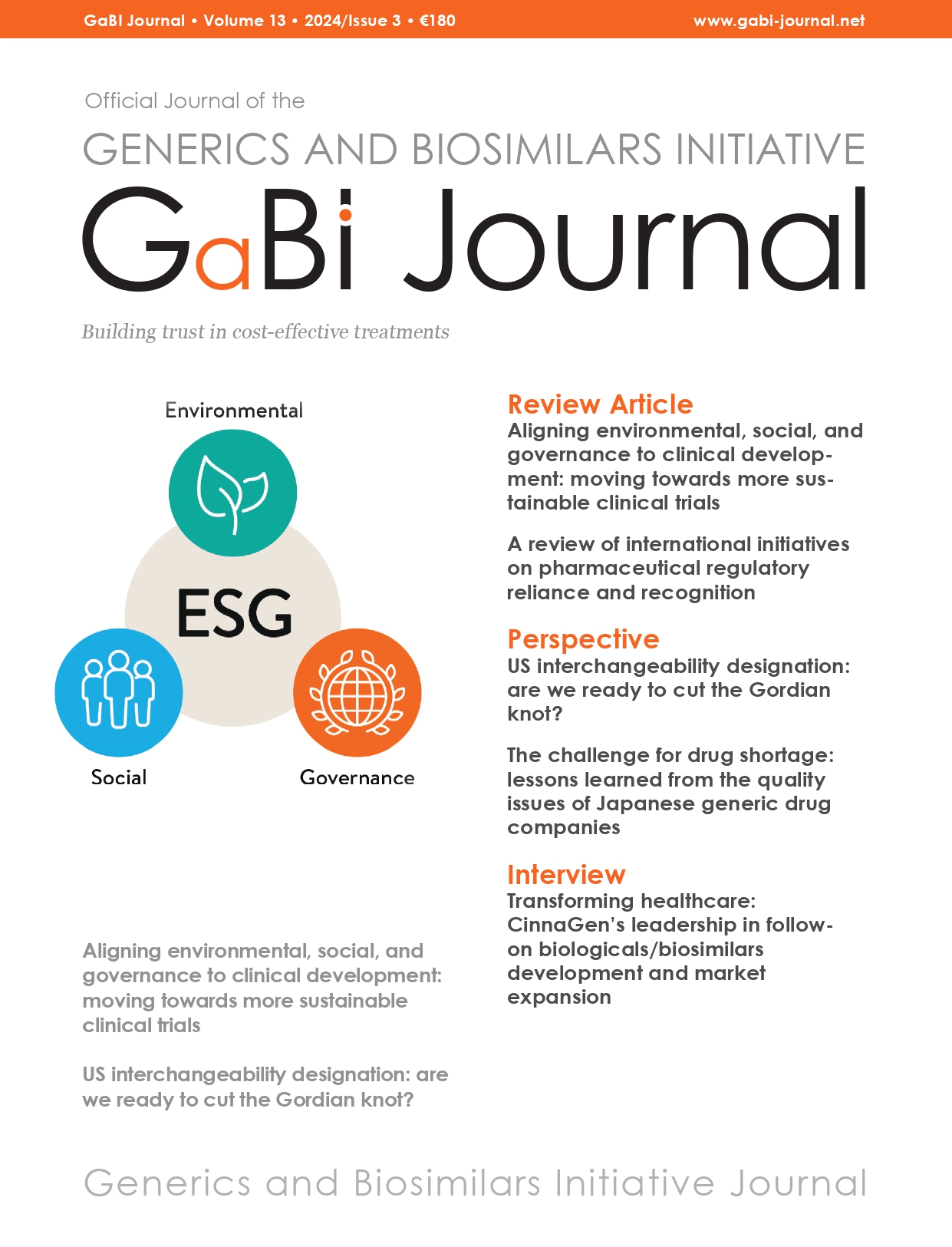Ongoing initiatives to improve prescribing efficiency in China; statins as a case history
Author byline as per print journal: Wenjie Zeng, BSc, PhD; Houmei Xi, B Eng; Brian Godman, BSc, PhD; Alexander E Finlayson, MD, MRCP; Rickard E Malmstrom, MD, PhD Introduction: Pharmaceutical expenditure rose by 16% per annum in China during the past decade, and now represents 46% of total healthcare expenditure. Initiatives to moderate growth include pricing […]


